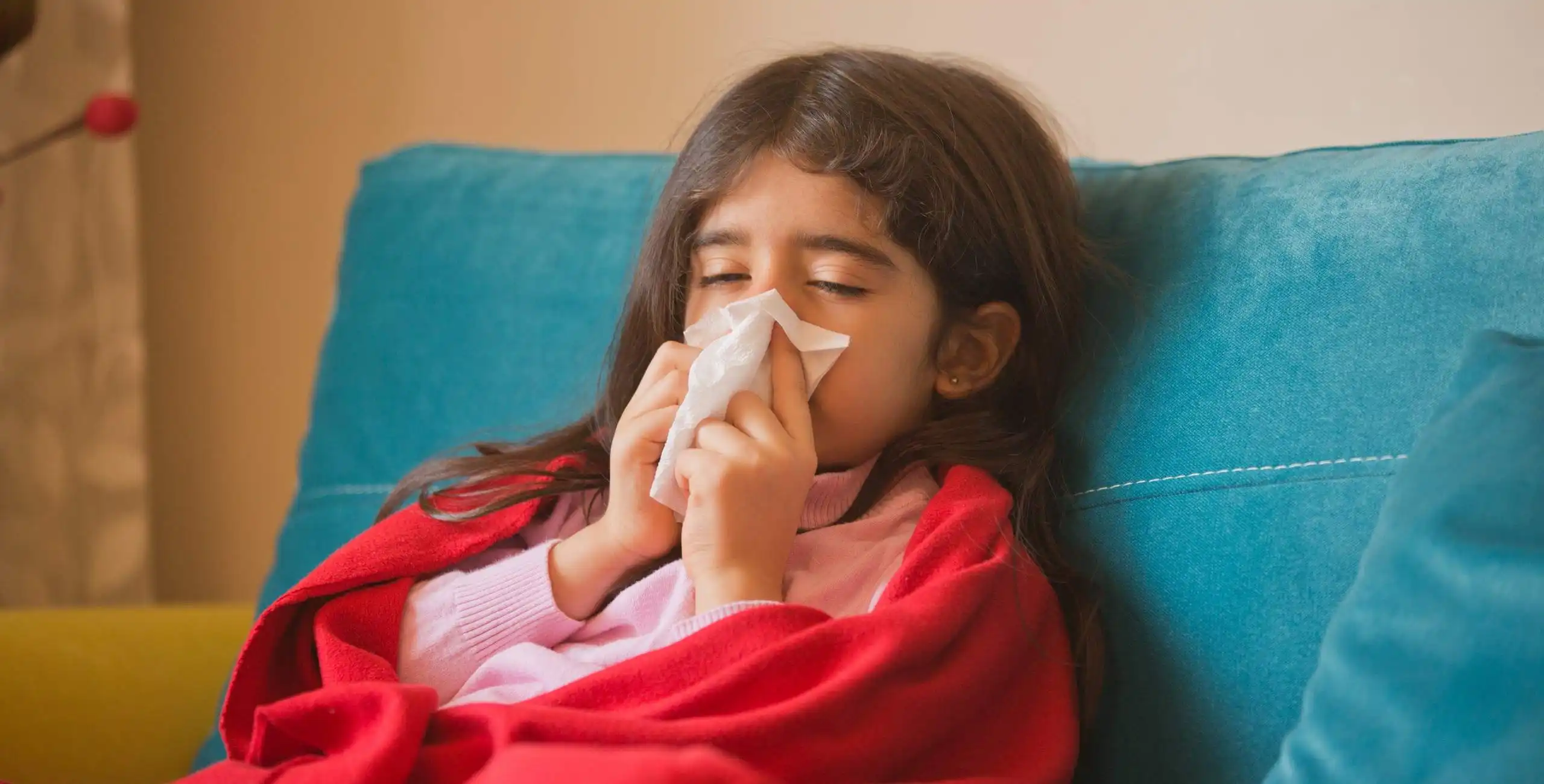
Overview
Acidity occurs when the gastric glands produce a large amount of acid, more than what is needed for the digestion process. This condition is characterized by a burning sensation just above the stomach, or right below the breastbone (the hollow part).
The food we eat goes into our stomach through the esophagus. The gastric glands in your stomach create acid, which is necessary to digest the food. When the gastric glands create more acid than needed for the digestion process, you can feel a burning sensation below the breastbone. This condition is commonly known as acidity.
The most common acid reflux symptom is a burning sensation in the chest or pain. While most people suffer in pain, they do not realize that poor lifestyle choices are the primary reason behind acidity.
Causes
- Skipping meals or eating at irregular times
- Eating just before sleeping
- Overeating
- Consumption of spicy food
- High intake of table salt
- Diet low in dietary fiber
- Excessive consumption of certain food
- such as tea, coffee, carbonated drinks, soft drinks
- Extremely spicy food
- Fat-rich food such as pizza, doughnuts, and fried food
- Side-effects of certain temporary medications as well as existing medications, such as non-steroidal anti-inflammatory drugs and medicines for high blood pressure
- Antibiotics.
- Depression and anxiety medications
- Stomach disorders such as gastroesophageal reflux disease, tumors, and peptic ulcers, among others.
- Consumption of non-vegetarian food
- Excessive stress
- Lack of sleep
- Frequent smoking
- Lack of physical exercise
- Frequent consumption of alcohol
- People who suffer from medical conditions such as asthma, diabetes, and connective tissue disorder are more prone to acidity. It is also a common problem in people who are obese, pregnant women, or women who are nearing menopause.
Symptoms
Acidity symptoms include the following:
- Burning sensation and pain in the stomach
- Burning sensation and pain in the throat
- Difficulty swallowing or the sensation of food being stuck in your throat
- Frequent burping or hiccups, for no apparent reason
- Burning sensation and pain in the chest
- Regurgitation: prolonged sour taste in the mouth or bitter-tasting acid that backs up into your throat and mouth
- Post-meal heaviness
- Nausea
- Constipation
- Indigestion
- Bad breath
- Restlessness









